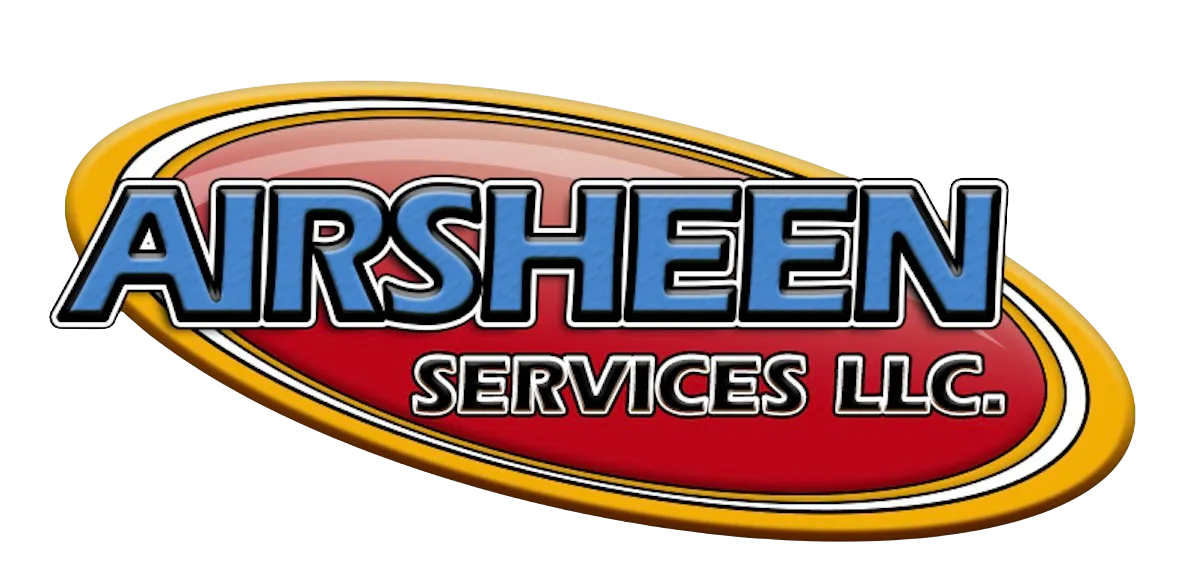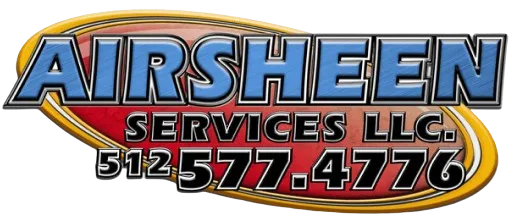

Most people use the term “heat pump” when referring to any central heating or cooling system. As long as the unit keeps their Cedar Park homes comfortable year-round, they don’t care what it’s called. But the systems do not all operate the same way, so it’s a good idea to know which unit is right for your home and your family’s needs.
The most common types of heat pumps are ground-source and air-source. Outdoor ground-source units absorb heat from the ground below the frost layer. An indoor air-source unit absorbs heat from the ambient air inside the home. Are you wondering whether a heat pump is the right choice for your Cedar Park home? If so, talk to a qualified HVAC contractor to help you make an informed decision.

To help you understand what to expect from a heat pump system, here are the answers to some of the most commonly asked questions.
How Does a Heat Pump Work?
Heat pumps function the same as conventional air conditioners in many ways. The main difference is that a heat pump can also provide heat when needed. It pumps air from the inside to the outside for cooling. It will pump air from the outside to the inside for heating.
A heat pump is a thermodynamic system that pumps a liquid or gas medium through the unit. It changes phases as a result of altering pressure. The units provide an efficient and economical way to control temperature by reusing existing heat energy.
Components of a Heat Pump System
All heat pumps consist of two main components: the indoor air handler and an outdoor unit. Within the unit are four standard parts or components:
- Condenser
- Evaporator
- Compressor
- Expansion valve
The design of the components will vary depending on the type of pump. The outdoor part of the unit has a coil that acts as a condenser in cooling mode, and as an evaporator in heating mode. The indoor part of the unit has a coil and a fan that moves air through the home.
The compressor’s job is to pressurize the refrigerant as it is released through the system, while the expansion valve regulates the flow of the refrigerant.
Should a Heat Pump Be Vented?
An electric heat pump doesn’t typically require extra ventilation. The unit itself is designed to exchange stale air with fresh air, passing it through filters along the way. This process provides whole-house air exchange every few hours, recycling over 88% of the heat that would have been lost with traditional forms of ventilation.
What Is the Purpose of an Auxiliary Heating System?
The auxiliary heating system within a heat pump is a backup system. On the thermostat, you’ll notice a setting labeled “auxiliary” or “aux heat.” The indicator will flash to let you know the backup heat has been activated.
Auxiliary heating kicks in when the temperature inside the home drops below the setting you’ve selected on the thermostat. It activates when the thermostat detects a temperature that is two to three degrees colder than what is set. The auxiliary heat will also be activated when the unit is in defrost mode if ice has collected on the outside unit.
If you want to prevent the auxiliary heating from switching on, try setting a lower temperature, letting more sun into the home, and closing off unused rooms. Keep in mind that auxiliary heat and emergency heat are not the same things.
How Does Emergency Heat Work?
When outdoor temperatures dip below 40 degrees, your heat pump will run a defrost cycle every few hours to remove ice from the unit. As a result, the unit may not produce enough heat because the refrigerant gets too cold and can’t be compressed.
Running the unit in these conditions can cause severe damage, so it’s best to shut it off. You can use the emergency setting in this situation. The compressor and heat pump shut off, and the radiation heat strips turn on to produce heat while running the unit. The emergency heat setting will use a lot more energy, so use it sparingly.
Can My Heat Pump Freeze?
During cold weather, your heat pump may develop a light coating of frost or ice on the outside. This is no reason for concern, as the defrost control sensors will begin the defrost cycle to clear away the ice.
If you notice a heavy accumulation of ice, however, contact your local HVAC contractor right away. The heavy ice may indicate that it needs qualified heat pump repair services.
Although the weather in Cedar Park ranges from extremely hot in summer to frigidly cold in winter, you should never cover the heat pump to protect it from the weather. Covering the unit will interfere with its ability to pull in air and let out the exhaust, causing significant damage to the system.
What Is the Lifespan of a Heat Pump?
Several factors contribute to the overall lifespan of a heat pump. For instance, routine maintenance, location, and operational hours can determine the longevity of the unit. As a general rule, with normal use and regular heat pump tune-ups, your unit can last 10 or 20 years.
When Do I Need to Heat Pump Repair?
Routine heat pump tune-ups or maintenance can extend the life of your unit, reduce energy consumption, and improve the indoor air quality in your Cedar Park home.
Regularly scheduled maintenance is also an excellent way to keep your warranty active. In fact, some heat pump manufacturers require proof of regular servicing to keep the warranty valid.
Some HVAC contractors offer a maintenance plan that comes with additional perks to save you money and extend the efficiency and lifespan of your unit. They may offer their members priority scheduling or discounts on repair services and parts.
Because of the ever-intense weather in Cedar Park, you probably use your system year-round. So it should be serviced at least twice a year, in the fall and in the spring.
Benefits of a Heat Pump vs. Other Heating Methods
The primary benefit of a heat pump system is efficiency. The units only use electricity to operate the condenser and evaporator fans, not to generate heat. For instance, with traditional electric heat systems such as space heaters or baseboard heat, the amount of heat generated is proportional to the amount of electricity used.
A heat pump provides more than three units of heat for every unit of electricity it uses. This translates to an efficiency rate of over 300%. This means you’ll have lower electric bills, reduce your carbon footprint, and enjoy a comfortable environment in any weather.
Many homeowners use a heat pump in conjunction with solar power. Pairing solar panels with a heat pump allows them to heat their home for an average of 9 cents per kWh. Without solar panels, the cost is about 14.5 cents per kWh. The combination of a heat pump with solar panels can reduce your costs by about 40% per year.
Trust Airsheen for Heating Services
If you’re looking for a trustworthy heat pump service in Cedar Park, TX, Airsheen Services LLC. is the right choice. We are a family-owned company that takes pride in providing unsurpassed service to our customers.
Whatever heating services you need, whether maintenance, repairs, or replacement, our reliable and skilled team can handle the job. We will diagnose the problem, provide a free quote, and offer a detailed explanation for the best solution.
To learn more about Airsheen Services LLC., or to schedule a heating service call, contact us by phone or use the online form. One of our representatives will be happy to assist you.
Recent Posts
Customer Testimonials




